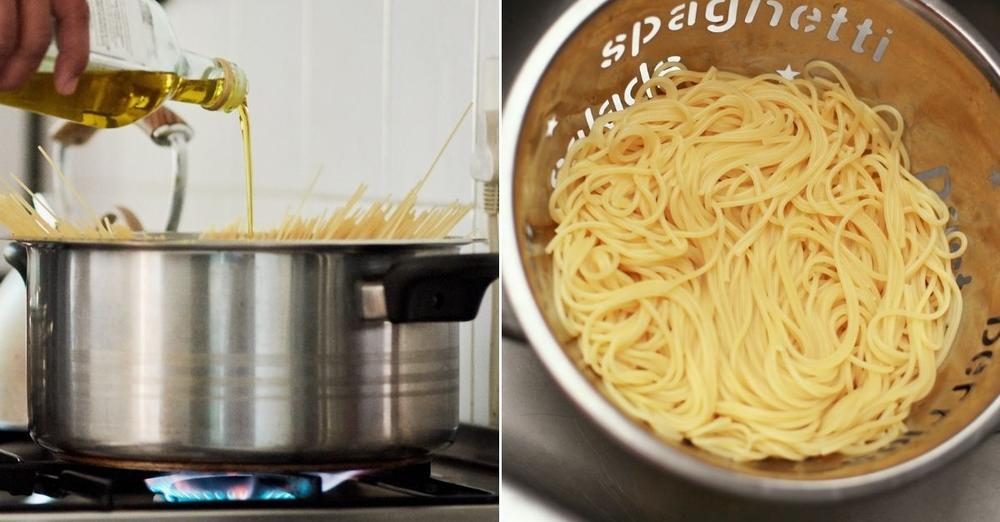The One Mistake You Should Never Make When Baking with Licorice
Baking with licorice can elevate your desserts, but there's one mistake that could ruin everything: using too much of it. Its bold flavor can easily overpower other ingredients, making your dish unbalanced. The key to success is moderation—start with a small amount and taste often to ensure the licorice enhances, not dominates, the flavors.
;Resize,width=742;)
Licorice is one of those polarizing flavors in the culinary world—it’s a taste that either captivates you or completely turns you off. For those who enjoy its complex, anise-like flavor, licorice can elevate desserts to a whole new level. It’s bold, aromatic, and distinct, which makes it a fascinating ingredient in both savory and sweet dishes. However, when it comes to baking with licorice, there’s one mistake that could totally ruin your entire creation. While it might seem like an easy addition, if you don’t get the balance right, your baked goods can quickly turn into a flavor disaster.
Overpowering the Dish with Too Much Licorice
The biggest mistake people make when baking with licorice is using too much of it. It’s easy to get carried away when working with such a potent flavor, especially if you’re new to it or unfamiliar with how it behaves in recipes. Licorice has a strong, intense flavor that doesn’t take much to make an impact. Too often, bakers overestimate how much licorice to add, thinking that more will make their dish even better. However, the opposite is true: overusing licorice can quickly overwhelm the other flavors in your recipe, turning a delicate dessert into a bitter, unpleasant experience.
Licorice's dominant taste is like a thunderclap in the culinary world—it demands attention and doesn’t easily play second fiddle to other flavors. When you add too much, it can drown out the subtle sweetness of cakes, cookies, or any other delicate flavor profile in your dish. Instead of balancing with the other ingredients, licorice can become the star of the show in a way that no one asked for. What you thought would be a charming accent in your dessert becomes an overpowering, one-note flavor.

Why the Right Balance Is Key
When baking with licorice, the goal is to find that sweet spot where its boldness enhances the dish without taking over. The key to successfully incorporating licorice into your recipe is restraint. Just a small amount—whether you’re using licorice extract, ground licorice powder, or even bits of candy—can go a long way. The strong, anise-like flavor doesn’t require much to make an impact, and a little truly does go a long way. The flavor needs to be subtle, just enough to provide an intriguing note that lingers on the palate without dominating.
This balance is particularly important when you’re making treats that have other complex flavors, like chocolate or fruit. Licorice pairs beautifully with these flavors, but only if it’s used in moderation. Chocolate can stand up to licorice’s intensity better than more delicate flavors, but even then, if you go overboard, the chocolate could end up tasting more like medicine than a sweet treat. It’s all about creating a harmonious flavor profile, where licorice works in the background, enhancing everything else.
The Importance of Testing and Tasting
If you’re unsure about how much licorice to use in your baking, there’s an easy solution: test and taste! Start by adding a small amount of licorice—whether it’s extract, powder, or candy—and mix it into your batter or dough. Bake your item and taste it after it cools. You want to make sure that the licorice flavor is present but not overpowering. If you feel it’s too strong, simply adjust by adding more of the other ingredients to balance it out or reduce the licorice for your next batch.

Keep in mind that licorice can become even more intense as it bakes, so be cautious of adding too much at the start. For example, licorice extract can concentrate when exposed to heat, amplifying its potency. This is why starting small and gradually adding more is essential to perfecting your recipe.
How to Offset Licorice’s Strong Flavor
If you accidentally add too much licorice, don’t panic—there are ways to fix it. One common trick is to balance out the intense flavor with something sweet or creamy. Adding a little more sugar or a bit of cream to your recipe can help mellow out the licorice’s sharpness. If you’re making a chocolate dessert, consider increasing the chocolate content to help mask the overpowering flavor of the licorice. You can also try infusing the licorice with other spices like cinnamon or vanilla to help blend the flavors together in a more subtle, complex way.
Another method to balance out licorice’s assertiveness is to pair it with complementary ingredients. Licorice pairs well with certain fruits like orange, berry, or apple, and adding a touch of these flavors can help bring harmony to your dish. A bit of citrus zest or a fruit compote could add a refreshing contrast that makes the licorice flavor feel less intrusive.
;Resize,width=767;)
;Resize,width=712;)

;Resize,width=712;)
